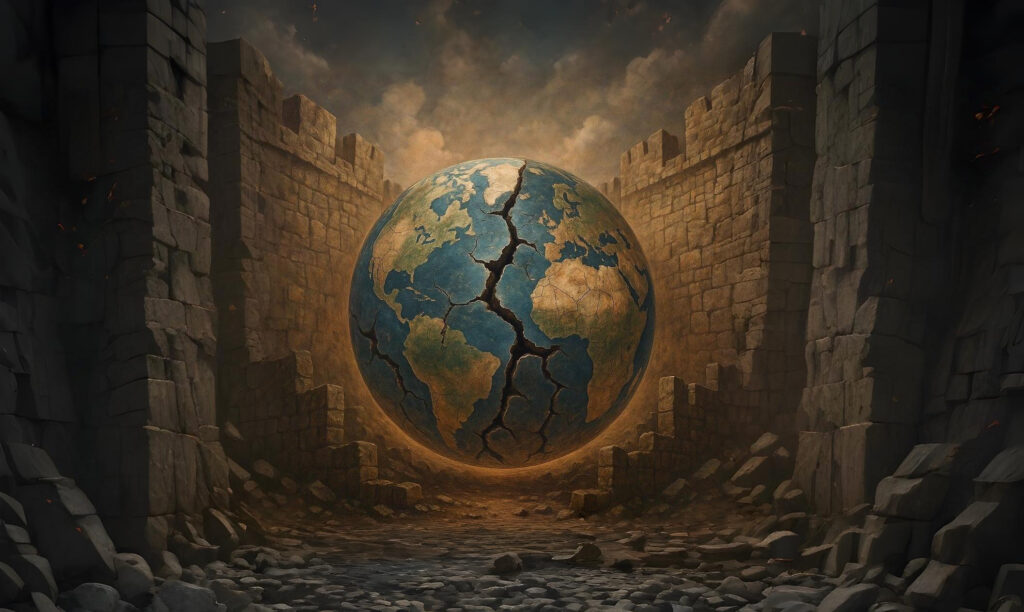Walls are no longer made of stone or concrete. They are digital, ideological, social. And they are growing everywhere.
A map of fractures
In the United Kingdom, thousands protest against the right to asylum.
In Switzerland, the death of a young migrant sparked riots and anger.
In Torre Pacheco, an attack on an elderly man became an excuse to set fire to the community.
In the United States, power is shielded by soldiers and speeches that seek invisible enemies.
The pattern repeats itself.
History knows this well: when there is uncertainty, fear disguises itself as a border.
And walls, visible or invisible, create the illusion of security while destroying what makes us human: the community.
A humanistic perspective
When change is rapid—a complicated economy, mass migration, cuts to rights—fear of “the other” emerges.
Social lynchings arise and explode when there is no shared empathy. That past is not so far away; it is easily reactivated.
A video taken out of context spreads faster than a verified truth.
Social media platforms, far from connecting people, polarize them. They fuel rumors, prejudice, and viral hate rallies.
When leaders silence ethical debate because “complicated” issues win votes, the social fabric breaks down.
Politics leaves the field open to the brutality of “us against them.”
Technology amplifies suspicion.
Politics retreats into its trenches.
The collective is weakening.
The challenge of our generation
Walls seem to protect, but they only isolate.
True leadership is not about reinforcing them, but about opening doors.
That is the great challenge of our generation: not passive spectators of fear, but active protagonists of trust.
Because when we choose to open up, we create community; when we choose to tear down, we build the future.
